ACL reconstruction is a surgical procedure that rebuilds a torn anterior cruciate ligament (ACL)—one of the key ligaments that stabilizes the knee. ACL injuries are common among athletes and active individuals and can result from sudden stops, pivots, or traumatic knee movements.
When the ACL is torn, the knee may feel unstable and limit your ability to participate in sports or even daily activities. At American Orthopedics, Dr. Drew Ratner uses advanced arthroscopic techniques to reconstruct the ACL and help patients regain knee stability and return to their active lifestyle.
- Dr. Drew Ratner, MD, Board-Certified Orthopedic Surgeon
Dr. Ratner is a fellowship-trained sports medicine specialist with deep experience in ACL reconstruction and the unique needs of athletes and active patients. His approach combines modern surgical technique, personalized care, and ongoing support from diagnosis through return to play.
If you’ve suffered an ACL injury and want to return to your sport—or simply move without fear—schedule a consultation with Dr. Drew Ratner to discuss your personalized treatment plan.




Dr. Ratner trained at the prestigious Steadman Hawkins Clinic, where he developed specialized skills in treating ACL injuries in elite athletes.
From the first consult to your final return-to-sport clearance, you’ll be treated by Dr. Ratner—not passed between providers.
With high patient satisfaction and a structured, guided rehab protocol, Dr. Ratner ensures you achieve your goals and recover safely, step by step.
ACL reconstruction is performed arthroscopically using minimally invasive tools and techniques. This means smaller incisions, reduced pain, and faster recovery. During the procedure, Dr. Ratner removes the damaged ligament and replaces it with a graft—tissue that acts as a new ligament to restore stability.
Graft Options:
Dr. Ratner carefully positions the new graft in the knee and secures it using advanced fixation methods such as screws or suspensory buttons. The new graft then gradually incorporates into the body as a functional ligament over time.
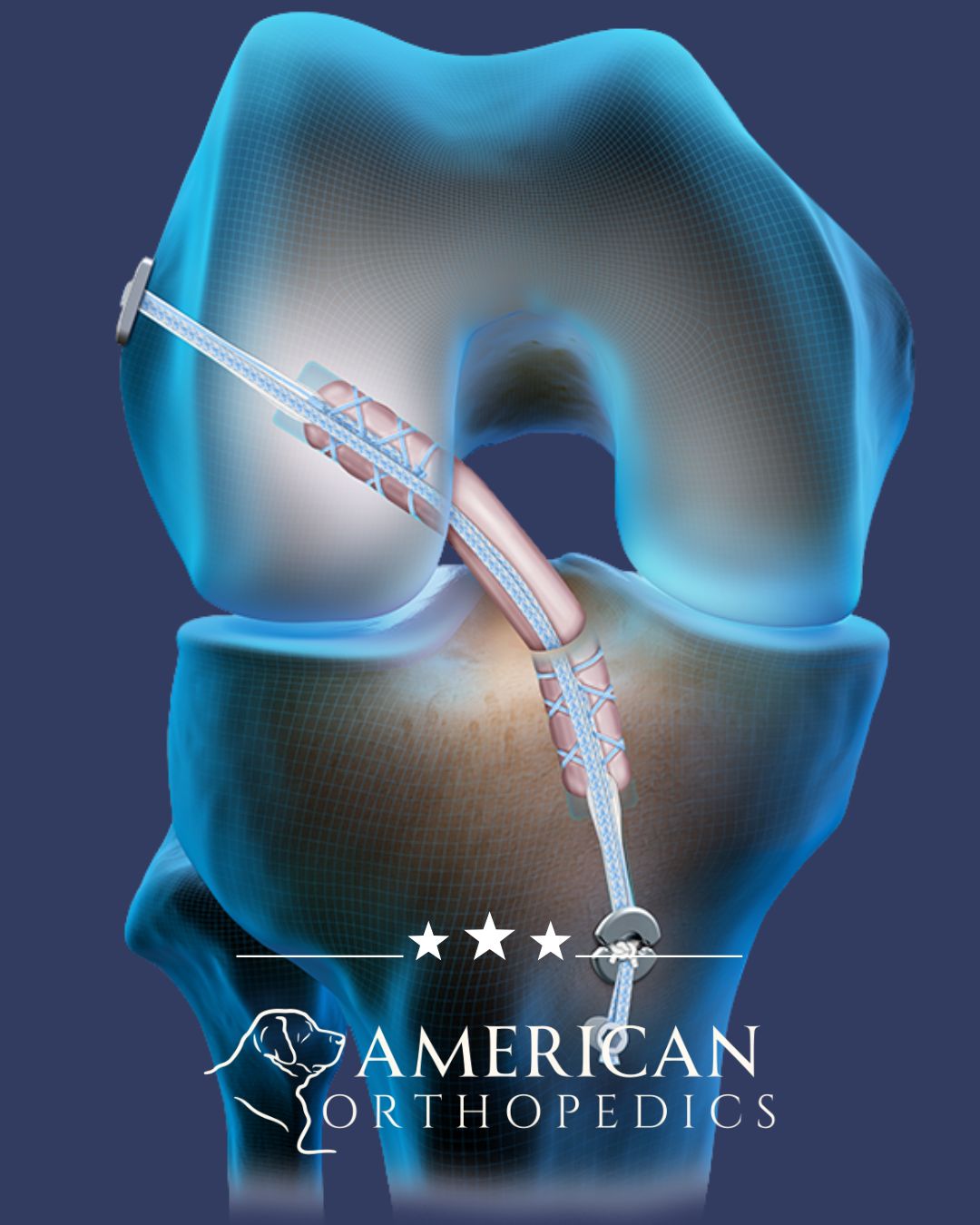
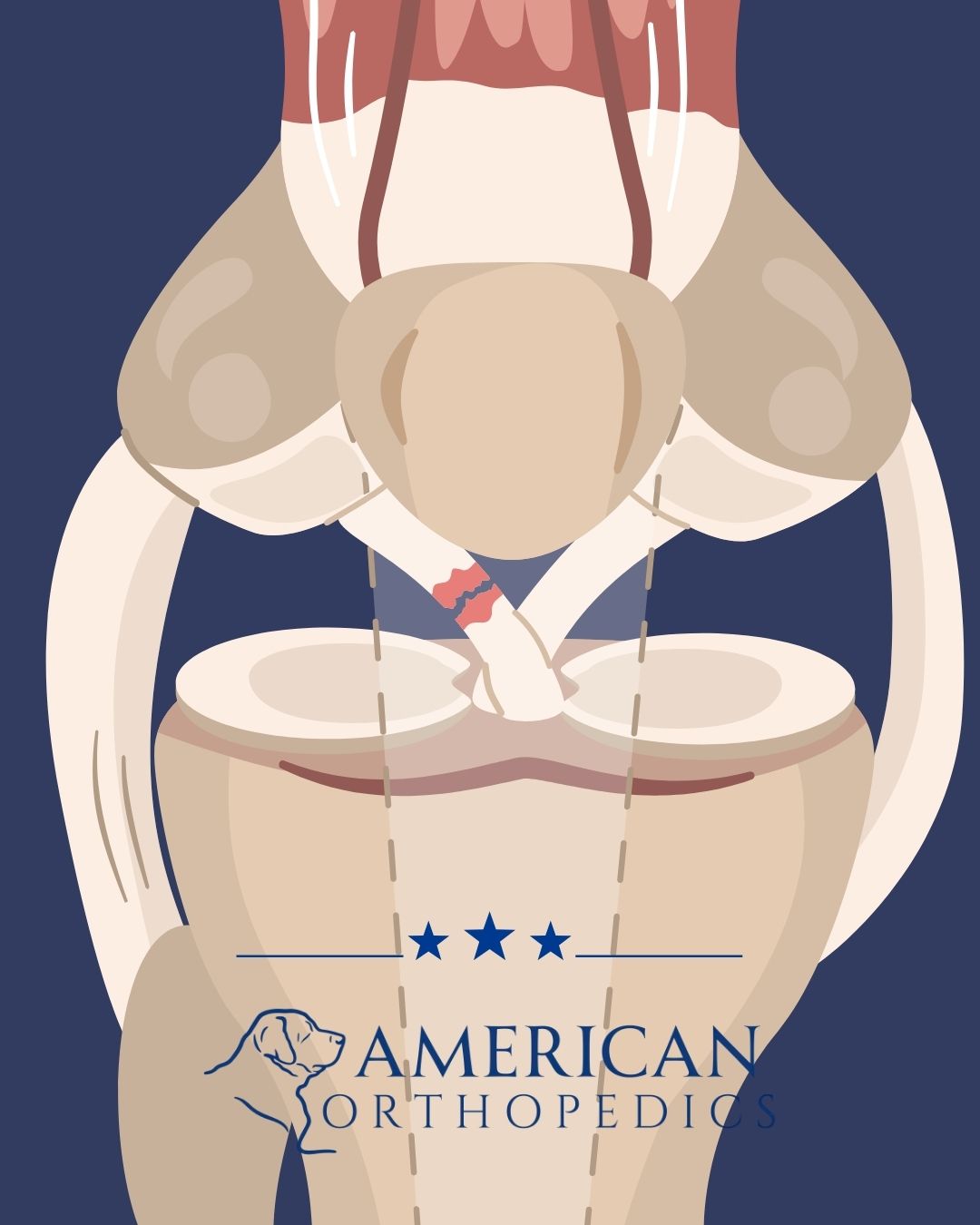
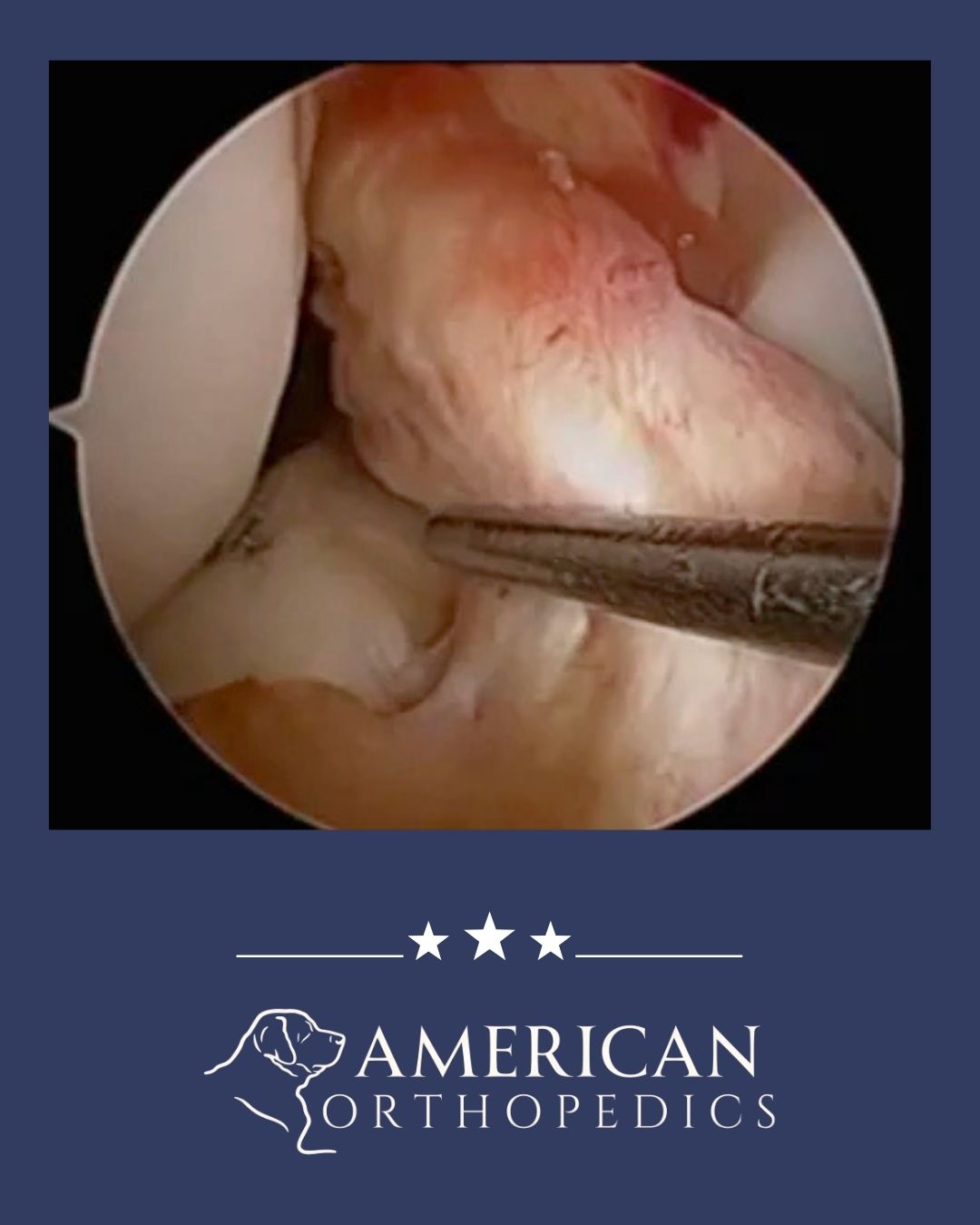
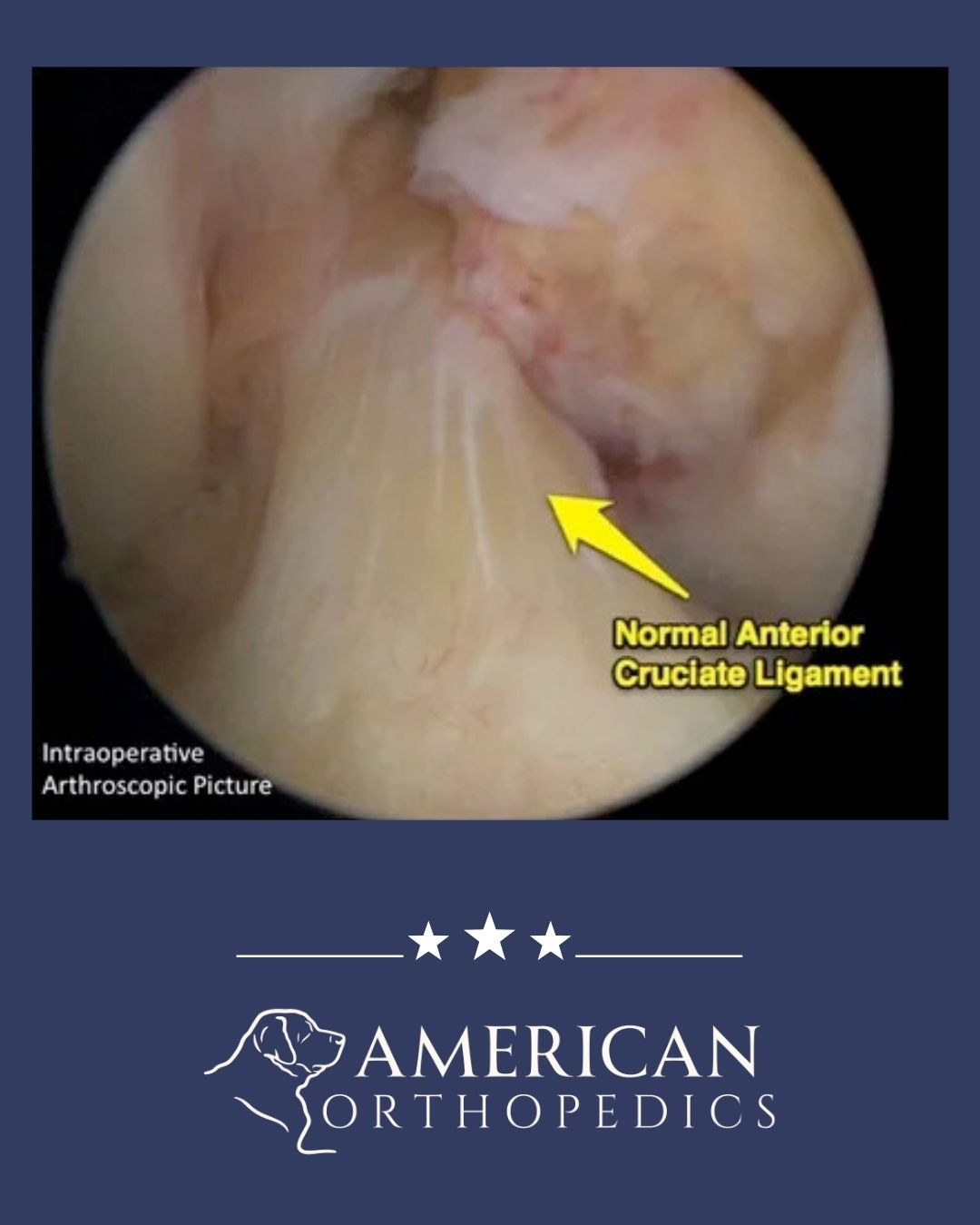
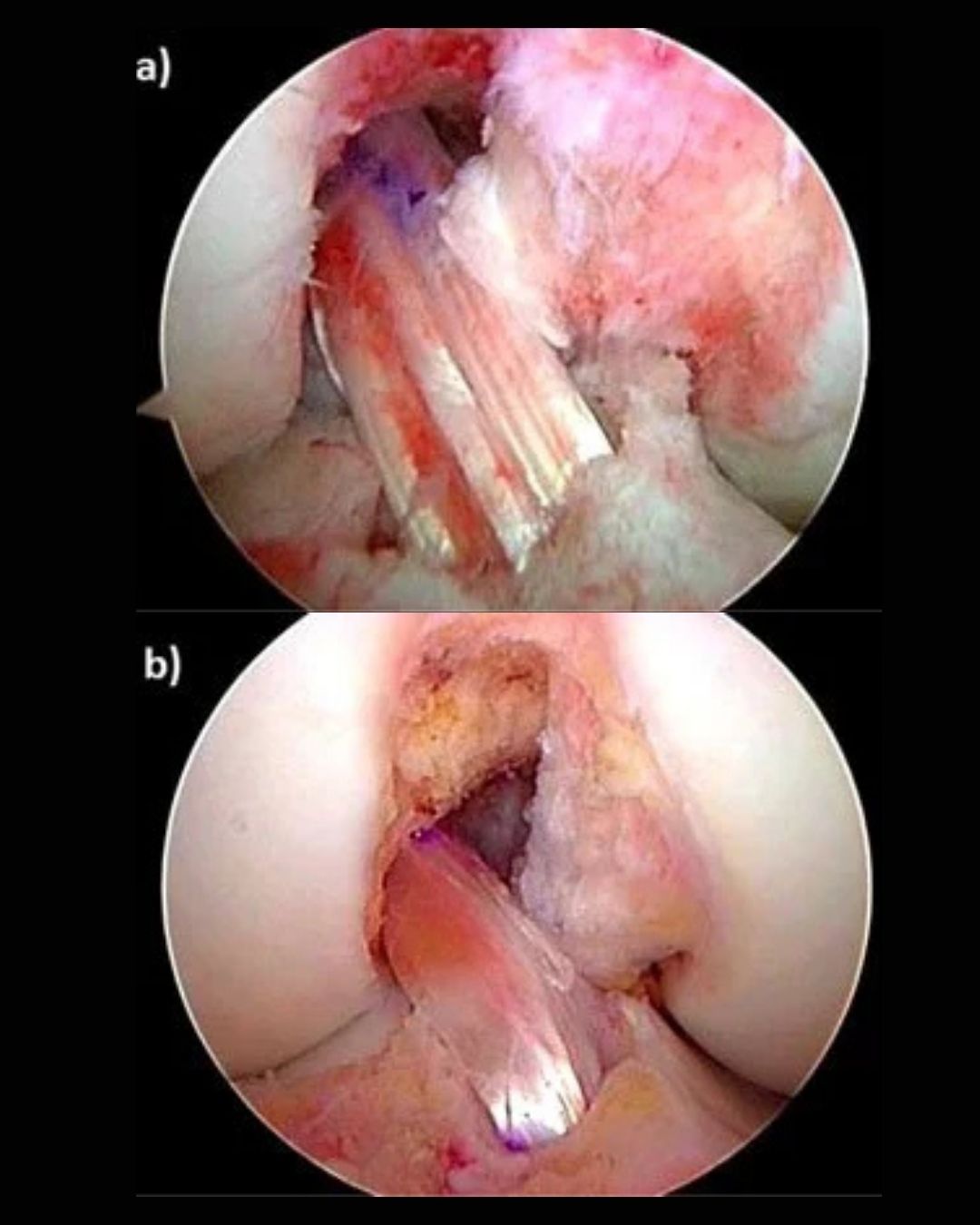
You may be a candidate for ACL reconstruction if you:
Dr. Ratner will assess your condition, activity level, and goals to determine if surgery is the best option for your recovery.
ACL reconstruction is a highly successful procedure with many benefits for active individuals looking to restore knee stability and prevent further injury:
At your consultation, Dr. Ratner will evaluate your injury through physical examination and imaging (typically MRI). He’ll explain the nature of your ACL tear, the role of graft selection, and what to expect during surgery and recovery. If ACL reconstruction is recommended, you’ll receive a personalized plan that accounts for your sport, lifestyle, and long-term goals.
ACL reconstruction is performed as an outpatient procedure and typically lasts 45–90 minutes, depending on whether there are other issues in the knee (like a meniscus tear). You will be placed under anesthesia, and Dr. Ratner will use a small camera (arthroscope) and precision instruments inserted through tiny incisions to perform the surgery.
After removing the torn ligament, the selected graft is placed in the proper position and fixed securely using medical-grade implants. You’ll return home the same day with detailed post-operative instructions and a plan for starting therapy the following day.
Day 1: Begin gentle physical therapy to regain motion and reduce swelling.
Weeks 1–6: Focus on restoring range of motion, reducing inflammation, and beginning light strength exercises.
Months 2–5: Progress into more active strengthening, balance work, and functional movement.
Month 5: Most patients return to everyday activities and light sports drills.
Month 9: Cleared for full return to sport after passing functional tests and demonstrating adequate strength and control.
Rehabilitation is critical to success, and Dr. Ratner works closely with your therapy team to track milestones and ensure a safe progression.
Advanced care for maxium results & comfort
Start physical therapy early and stay consistent throughout the 9-month recovery process.
Use crutches and a brace as instructed to protect the knee in the early weeks.
Manage pain and swelling with ice, elevation, and prescribed medication.
Follow all guidelines for activity restrictions and avoid premature return to sport.
Be patient—ACL healing is gradual, and full success comes from disciplined rehab and follow-up.